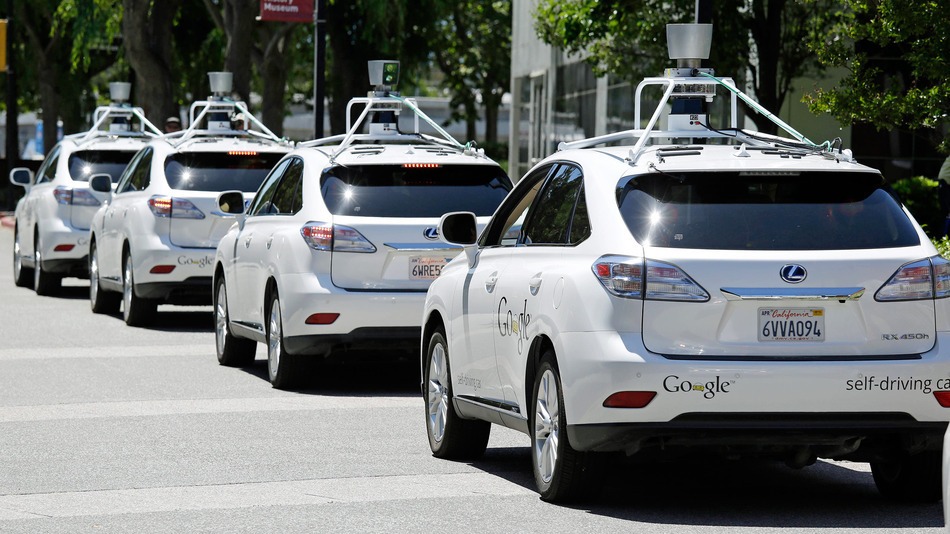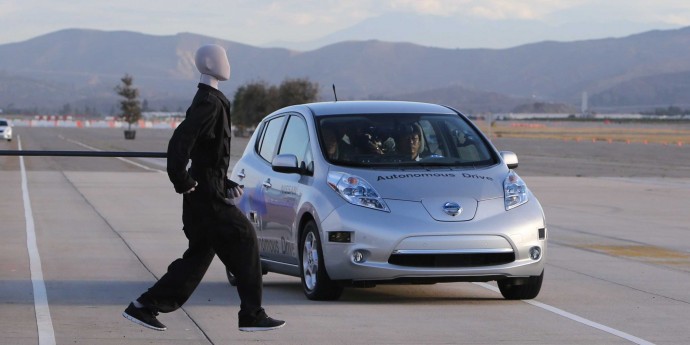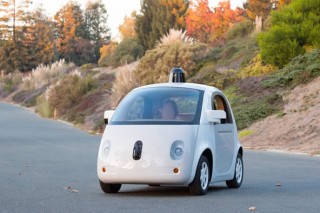Will the Future of Driving be Driverless Cars?
Automobiles are something quite personal when one owns one. Having a car or a bike of your own means; that surge of freedom that courses through your veins. It’s the pleasure of being able to take control and drive on.
Now as you know, technology is everywhere, it’s growing and spreading. If there was something that required manual labour, technology is there now. Such is the case with cars. Pretty soon there are going to be cars that won’t require you to drive at all. Whether you like it or not, driverless cars is a thing and major companies like Apple and Google are already working on it.
Self-driving cars are being made to provide a number of benefits, especially for old people. These cars are supposed to be safer, using sensors and other technologies to avoid traffic collision caused by human errors. But driverless cars may not be something the public may accept wholeheartedly.
The Potential Risks
For one thing, a self-driving car removes the steering wheel since the car does the driving for you. No matter how much you put your trust on artificial intelligence, a car without a steering wheel will tend to make one feel a little uncomfortable.
Cost is another reason why self-driving cars will not take off fast. A car that is all technology will not come cheap. You can expect driverless cars to cost roughly 8 to 10 times more than your average car.
Because the cars rely primarily on pre-programmed route data, they do not obey temporary traffic lights and, in some situations, revert to a slower “extra cautious” mode in complex unmapped intersections. The vehicle has difficulty identifying when objects, such as trash and light debris, are harmless, causing the vehicle to veer unnecessarily.
What do the Numbers Say?
Based on a survey conducted by The Institute of Electrical and Electronics Engineers (IEEE), respondents claimed they worried about their kids’ safety. Over 70% of those surveyed said that they would not be comfortable with their children being driven to school in an autonomous vehicle. Additionally, most felt that the technology involved in driverless cars, specifically sensor software, needs to be developed further for them to be considered safe.
Respondents were also concerned about who would be found responsible if an autonomous vehicle caused an accident. Generally, people would prefer if the software manufacturer or developer would be considered at fault, rather than the owner.
Google’s Self-Driving Car May Just Work
Google’s driverless car has been tested recently and it has been met with approval. Human errors caused by drinking, dozing off and other reasons are very much real and are leading causes for road deaths. In US alone, nearly 30,000 people die every year due to road accidents. Self-driving cars are being made to reduce human error, and in effect reduce risk to life.
“Over 90% of accidents today are caused by driver error,” said Professor Robert W. Peterson of the Center for Insurance Law and Regulation at Santa Clara University School of Law. “There is every reason to believe that self-driving cars will reduce frequency and severity of accidents, so insurance costs should fall, perhaps dramatically.”
Early testing with the Google car suggest that the car is quite safe. It may still have bigs like what to do at a yellow signal (do you stop or floor it?) or when trying to calculate when someone is crossing the street, but overall the Tata Nano-like car has been able to hold its own. And Google promises to fix the shortcoming by 2020.
Many of the big names like Google, Tesla and Apple have kept their sights on the year 2020. According to estimates, there could be around 10 million self-driving cars on the streets post-2020. We’re just four years away from knowing how people take to self-driving cars. Let us know what you think in the comments below.




There are no comments
Add yours